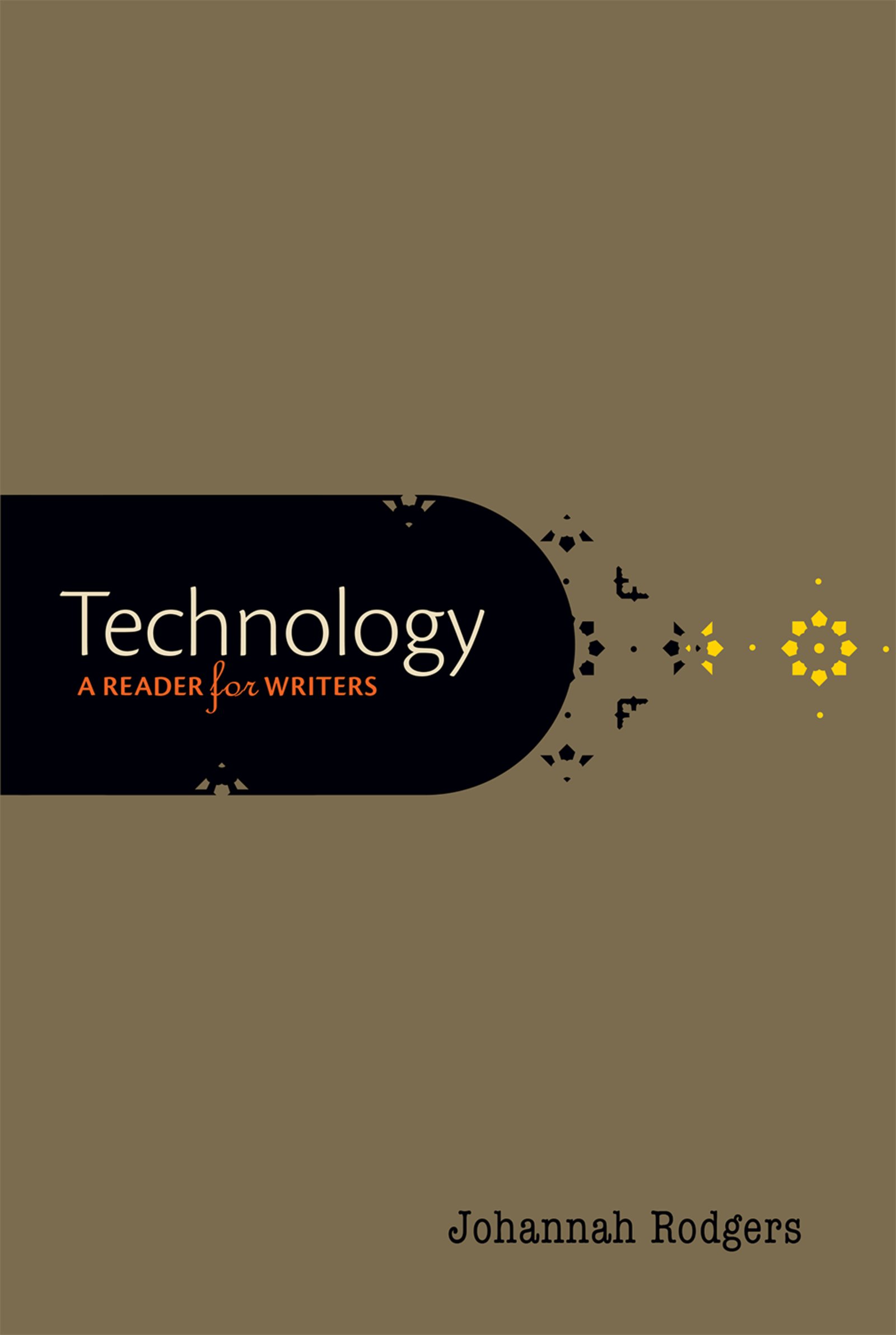

The capacity to learn to read and write is related to children's age-related developmental timetables, although there is no clear agreement on the precise chronological or mental age nor on a particular developmental level that children must reach before they are "ready" to learn to read and write.Ĭhildren gain an increasingly complex and decontextualized understanding of the world as their brains develop during their first years of life. The child's intelligence, as long as it is in the normal range, does not have much of an impact on the ease of learning to read (Stanovich et al., 1984). One of the most important preconditions for literacy is the integrity of a child's health and sensory organs, since the window for the establishment of such skills as language is relatively brief. Learning to read and write begins long before the school years, as the biological, cognitive, and social precursors are put into place. DEVELOPMENT BEFORE KINDERGARTEN: THE FIRST FIVE YEARS The ways in which reading and oral language activities complement each other and diverge from each other. Prior to real reading, young children gain functional knowledge of the parts, products, and uses of the writing system and

Moving toward being a good reader means that a child has gained a functional knowledge of the principles of the culture's writing systemthe English alphabetic writing system for children in the United Statesand details of its orthography. We use the term conventional reading to encompass the common meanings of these different terms. What starts at this point is referred to in a variety of ways in the literature: independent reading (Holdaway, 1979), the alphabetic principle (Ferreiro and Teberosky, 1982), the alphabetic stage (Frith, 1985), the cipher stage (Gough and Hillinger, 1980), fully or truly productive reading (Perfetti, 1985), and conventional reading (Sulzby, 1994). Children are expected, without help, to read some unfamiliar texts, relying on the print and drawing meaning from it. There is, however, a point in a child's growth when we expect what many, including young children, often refer to as "real reading" to start. A child's reading-related development is interwoven and continuous with development that will lead to expertise in other spheres of life. Many very young children are surrounded by written language products and are exposed to the importance and functions of reading in society. We recognize that reading-related development can start in infancy or with toddlers. The reading difficulties that we are considering are those that impede what virtually all literacy activities have in commonthe use of the products and principles of the writing system to get at the meaning of a written text. Literate behaviors include writing and other creative or analytical acts and at the same time invoke very particular bits of knowledge and skill in specific subject matter domains (e.g., history, physics, mathematics, etc.) (Anderson and Pearson, 1984). In our sense, literacy is both broader and more specific than reading. Having learned to read without difficulty may not suffice to be literate with respect to that dissertation. Ited knowledge in the case of the physics dissertation, for example, limited knowledge of physics could be the downfall, rather than a reading difficulty per se. If someone has difficulty understanding, the problem could be a matter of lim For most texts in most situations, understanding what the text means is, if not the end goal of the reader, at least an important intermediate step. As different as these are, there are commonalities among them. Acts of literacy vary a great dealfor example, reading a listing in a phone book, reading a Shakespearean play, and reading a dissertation on electromagnetic force.
TECHNOLOGY A READER FOR WRITERS PDF DOWNLOAD FULL
In focusing in this report on preventing reading difficulties among young children in the United States, we take a limited view of reading, putting aside many issues and concerns that would belong to a full consideration of literacy in various societies inside and outside the United States. We then describe skilled reading as it is engaged in by adults and continue by describing how children develop to become readers.

First, we outline how children develop language and literacy skills before they begin formal reading instruction. In this chapter, we review research on the process of reading and what happens as children become readers.


 0 kommentar(er)
0 kommentar(er)
